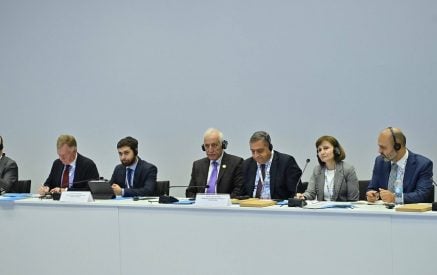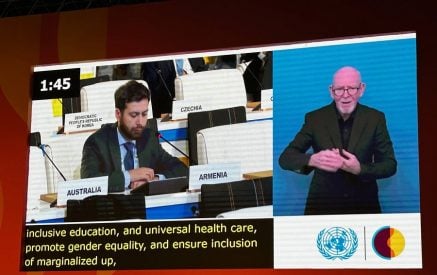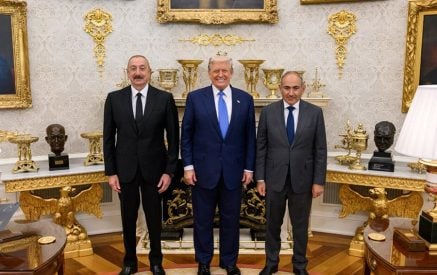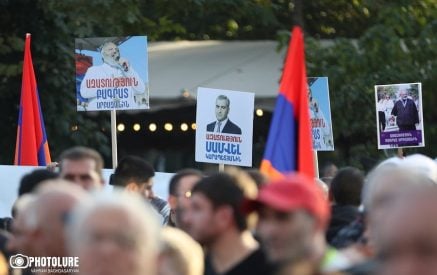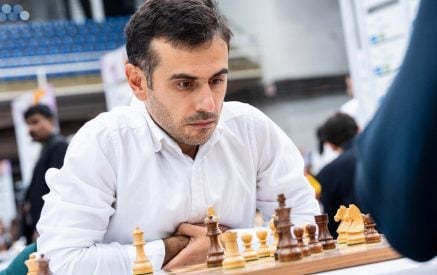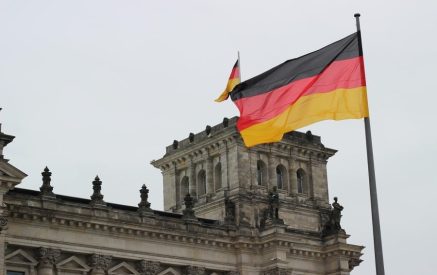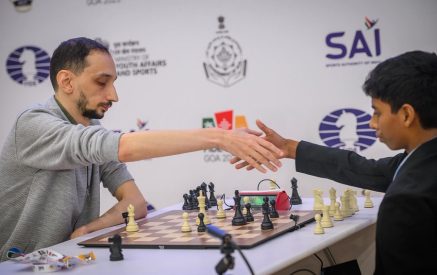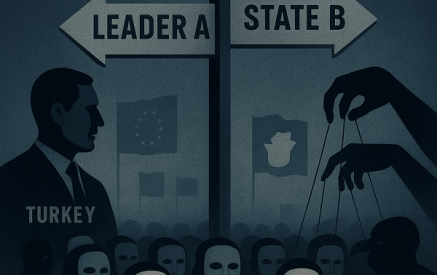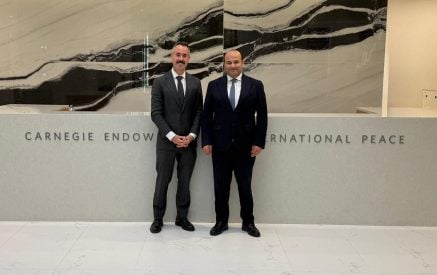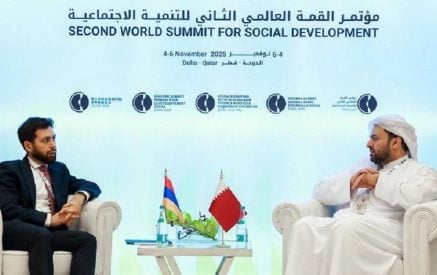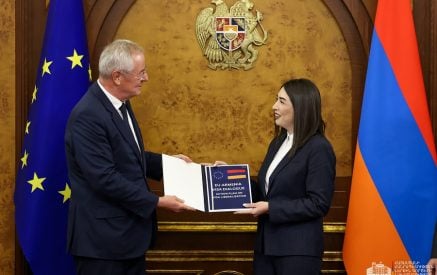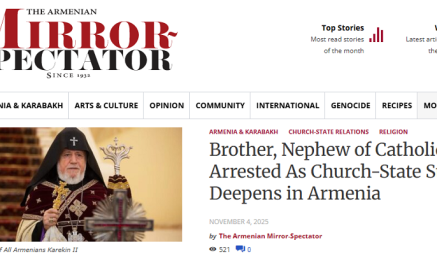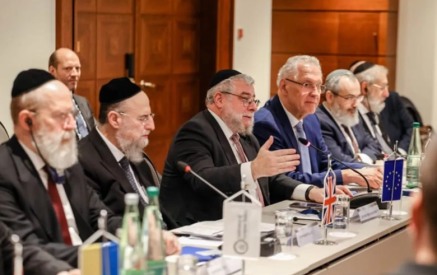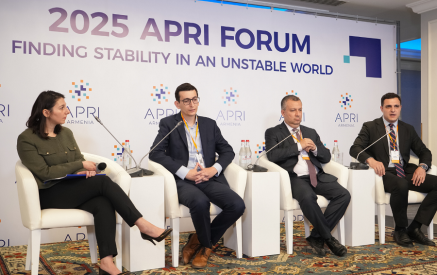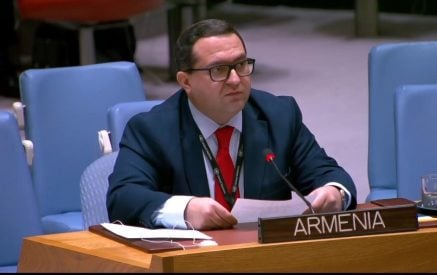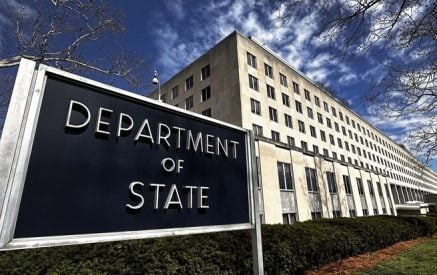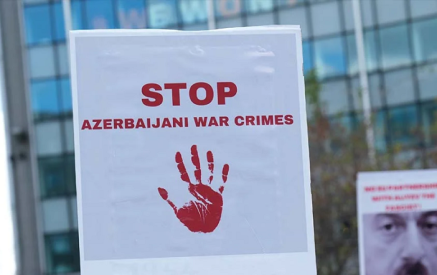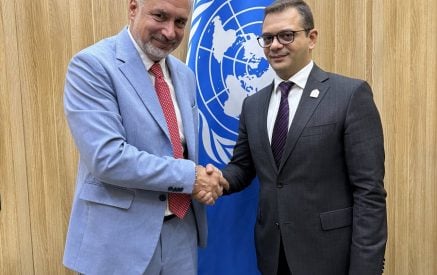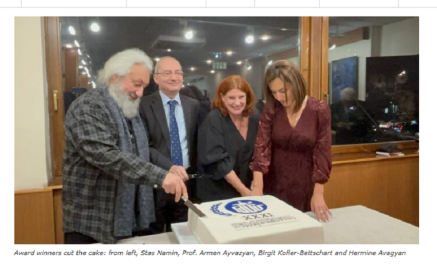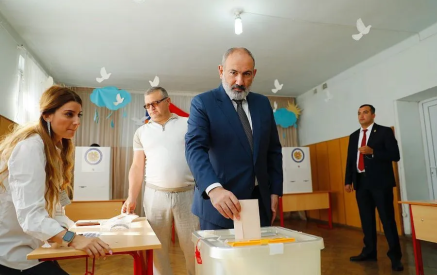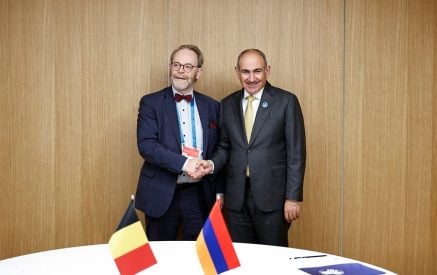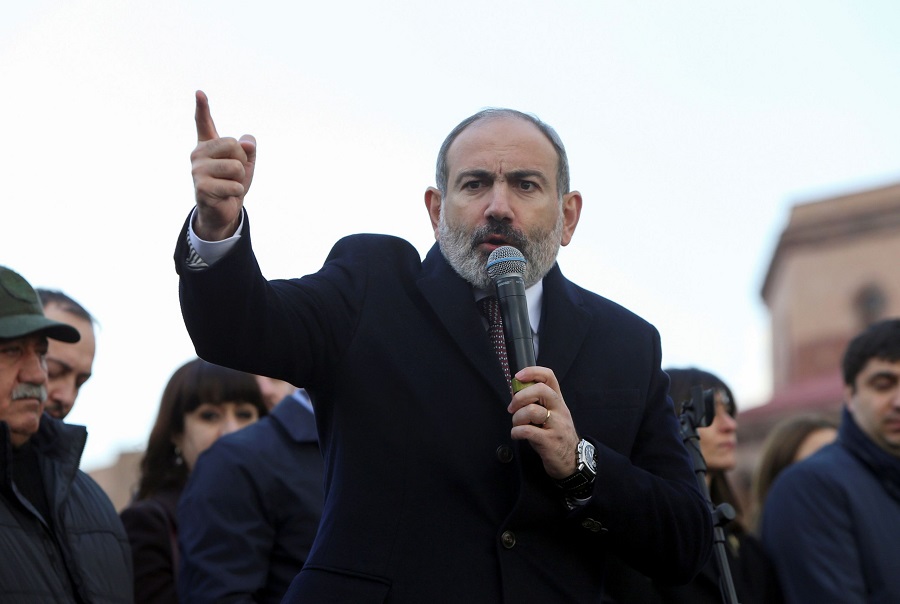By Tigran Ghalumyan
tovima.com. This op-ed is part of To BHMA International Edition’s NextGen Corner, a platform for fresh voices on the defining issues of our time.
When Armenian Prime Minister Nikol Pashinyan recently declared that Armenia is ready to “turn the page of enmity” and reach a historic peace agreement with Azerbaijan, the international community responded with polite interest — but little action. Yet what is at stake is far greater than a bilateral treaty between two post-Soviet republics. Armenia’s peace initiative is a litmus test for the future of diplomacy, democracy, and stability in the South Caucasus — a region often overlooked, but critical to Europe’s strategic interests.
At the heart of the proposal lies a bold gamble: that diplomacy can succeed where war has failed, and that historical grievances, including the deep wounds of the Nagorno-Karabakh conflict, can give way to a future of coexistence. It is not a naive vision — it is a strategic necessity.
Read also
The Historical Weight Behind the Words
For over three decades, Armenia and Azerbaijan have been locked in a cycle of conflict, centred on the ethnically Armenian region of Nagorno-Karabakh. The war of the early 1990s led to Armenian control over the region and surrounding territories. But in 2020, a second war — shorter, more brutal, and more technologically advanced — resulted in Azerbaijan regaining much of that land with Turkish support. The Russian-brokered ceasefire that followed was fragile from the beginning.
Since then, the region has undergone seismic changes. The Russian Federation, once the region’s primary security guarantor, has turned inward due to its war in Ukraine. Meanwhile, Turkey and Iran have expanded their influence in the Caucasus. Europe, preoccupied with energy security and migration, has only recently begun to re-engage through diplomatic channels.
Against this backdrop, Armenian Prime Minister’s peace proposal is remarkable in both tone and content. At the core of the proposal is Armenia’s readiness to engage in a mutual recognition of sovereignty and territorial integrity — a fundamental principle for peaceful coexistence between the two nations. This includes difficult compromises from both sides and reflects Armenia’s commitment to a future based on international law, dialogue, and regional stability.
The Risks Are Real — and So Are the Rewards
There is no shortage of risks. Domestically, Pashinyan faces fierce criticism from political opponents and segments of the public who see the peace plan as a betrayal. National trauma, especially following the loss of lives in the 2020 war and the ethnic cleansing of Armenians from Nagorno-Karabakh in 2023, runs deep.
Regionally, there are fears that Azerbaijan, emboldened by military victories and backed by Ankara, may interpret Armenia’s concessions not as good faith but as weakness — and demand more. Indeed, the push for a so-called “Zangezur Corridor” through Armenia’s southern Syunik province has sparked alarm over potential violations of Armenian sovereignty.
Yet despite these dangers, the potential rewards are transformative. A durable peace agreement would allow Armenia to unlock trade routes, attract foreign investment, and accelerate its democratic development. It would also position the South Caucasus as a reliable corridor for East-
West connectivity — a priority for the EU’s Global Gateway strategy, which seeks alternatives to Chinese and Russian routes.
Europe’s Strategic Blind Spot
Europe cannot afford to be a bystander. The South Caucasus may seem distant, but it is a frontline of the contest between democratic resilience and authoritarian expansionism. Armenia, uniquely among its neighbours, has embraced democratic reforms, transparency, and civil society empowerment — all while facing existential security threats.
A peace agreement would not only stabilize a volatile border but also send a strong signal that diplomacy, even in complex ethnic conflicts, is still possible. The EU’s role in facilitating talks between Armenia and Azerbaijan has been commendable but limited. Now is the time for Brussels to deepen its engagement — not only through dialogue platforms, but with tangible support: border monitoring missions, investment packages, and civil society partnerships.
Moreover, Europe should be unequivocal in its defence of Armenia’s sovereignty. Calls for a corridor that bypasses Armenian control must be met with firm diplomatic resistance. Peace should not be coerced; it must be built on mutual recognition and equal dignity.
A Generation That Refuses to Inherit Hatred
What makes this moment different is not only geopolitics, but generational change. Across Armenia, young people are expressing frustration with endless war and ideological isolation. They want peace not just as an absence of conflict, but as a framework for opportunity — for jobs, mobility, innovation, and connection with the world.
This shift is not unique to Armenia. From Tbilisi to Kyiv, and from Yerevan to Chisinau, a new generation is rejecting the fatalism of the past. They are demanding that leaders take bold, responsible steps toward integration — not disintegration. The peace proposal, however imperfect, is one such step.
Conclusion: The Choice Ahead
The peace offer by Armenia’s Prime Minister is not merely a political maneuver. It is a test of will — for Armenia, for Azerbaijan, and for the international community. Will we choose a future defined by cooperation and dialogue, or fall back into the cycle of war and vengeance?
History is watching. And so are the young people of the region, whose lives depend on the choices made today.
*Tigran Ghalumyan is an economist actively involved in several youth organizations, including the EU Youth Hub at ELIAMEP, and a member of the Armenian community in Greece, with a research focus on economic policy and international affairs.
Armenian Prime Minister Nikol Pashinyan addresses his supporters during a gathering in Republic Square in Yerevan, Armenia February 25, 2021. Stepan Poghosyan/Photolure via REUTERS ATTENTION EDITORS – THIS IMAGE HAS BEEN SUPPLIED BY A THIRD PARTY


